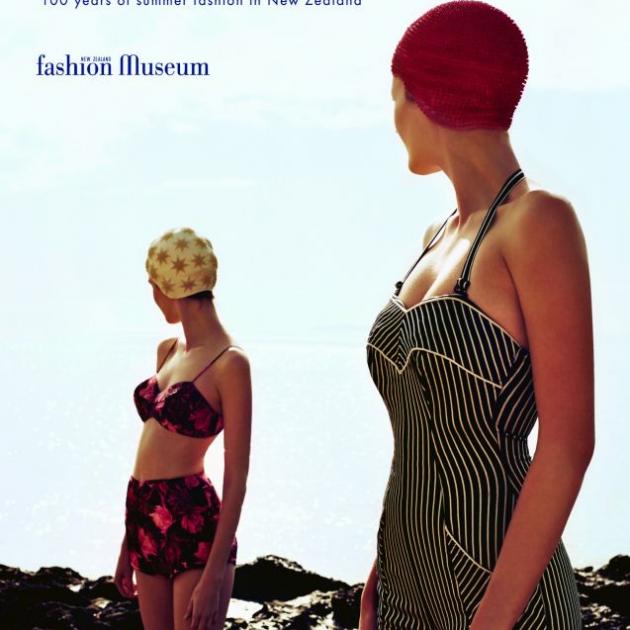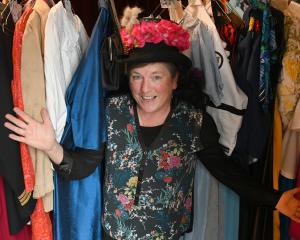At the Beach: 100 years of summer fashion in New Zealand has broad appeal, writes Jude Hathaway.

As an erudite glance back through 100 years of New Zealanders' love affair with the surf, sand, sun - and danger - of beaches from the far north to the far south, At The Beach: 100 years of summer fashion in New Zealand will rekindle memories and bring whimsical, and wry, smiles to the faces of those who have through the years beaten paths to favourite and new-found places and ‘‘possies'' beside the sea.
Published by the New Zealand Fashion Museum to coincide with the opening of its "At The Beach'' exhibition at the New Zealand Maritime Museum, Auckland, (which runs until February 8), it bristles with photographs and imagery that further enlivens the words as they explore the country's preoccupation with the beach through the decades.
With chapters in the deft hands of the museum's founder and director Doris de Pont, who is also a co-curator of the exhibition, Dunedin's national fashion and beauty commentator Cecilie Geary and writer and poet Raewyn Alexander, the publication does much more than follow the exciting evolution of the bathing suit and beachwear fashion through the decades.
It also provides a clear uncluttered view of how the beach has helped shape our national identity and the influence of beach culture on the country's changing social mores.
Otago beaches drew hundreds of visitors from the early 20th century, this reflected in a 1911 photograph by George Moodie, of the Muir and Moodie studio, Dunedin, which is now housed at Te Papa. The scene captures the number of interpretations of the bathing costume, in marked contrast to the fully and formally dressed spectators.
The vital role of the Roslyn Worsted and Woollen Mills in Kaikorai Valley, Dunedin, in early swimwear manufacture is highlighted, as is the advancement in technology that resulted in wool continuing to be the material of choice in swimwear through to the 1940s until elastic fibres were introduced.
The book dabbles in the international swimwear brands, the rise of surf labels, and how two New Zealand companies, Tauranga-based Expozay and Auckland's Moontide, became award-winning export success stories, their followings reaching from Australia to Europe and the United States.
These and other stories of beachwear design success illustrate that as early as the 1970s the country was showing a flair for individuality and innovation in design and an ability to punch above its weight. This continues today.
Cecilie Geary strikes a chord as she follows the evolution of beachwear glamour, as demonstrated by Hollywood star Betty Grable in the 1940s, through to the 1980s and New Zealand's Lorraine Downes (Miss Universe 1983) and international model Rachel Hunter.
Magazine covers of the 1930s and newspaper advertisements also help show the passing parade of swimwear styles and detailing through the decades.
She also covers the rise of the sun-tanning phenomenon that followed World War 1 and New Zealanders' ability to happily lie and sizzle while assisted by a marvellous mix of potions, and the refining and ‘‘shrinking'' of beachwear style by responsive designers.
Creating a balance is her detailing of today's revised approach by New Zealanders to enjoying the beach, which they now do equipped with sun savvy''.
Appropriate ending is the three personal stories of richly illustrated beach memories compiled by Raewyn Alexander, a chapter to which all readers will readily relate.
The book
At The Beach: 100 years of summer fashion in New Zealand is available at selected bookshops including the University Book Shop in Dunedin, and online at shop.nzfashionmuseum.org.nz.











